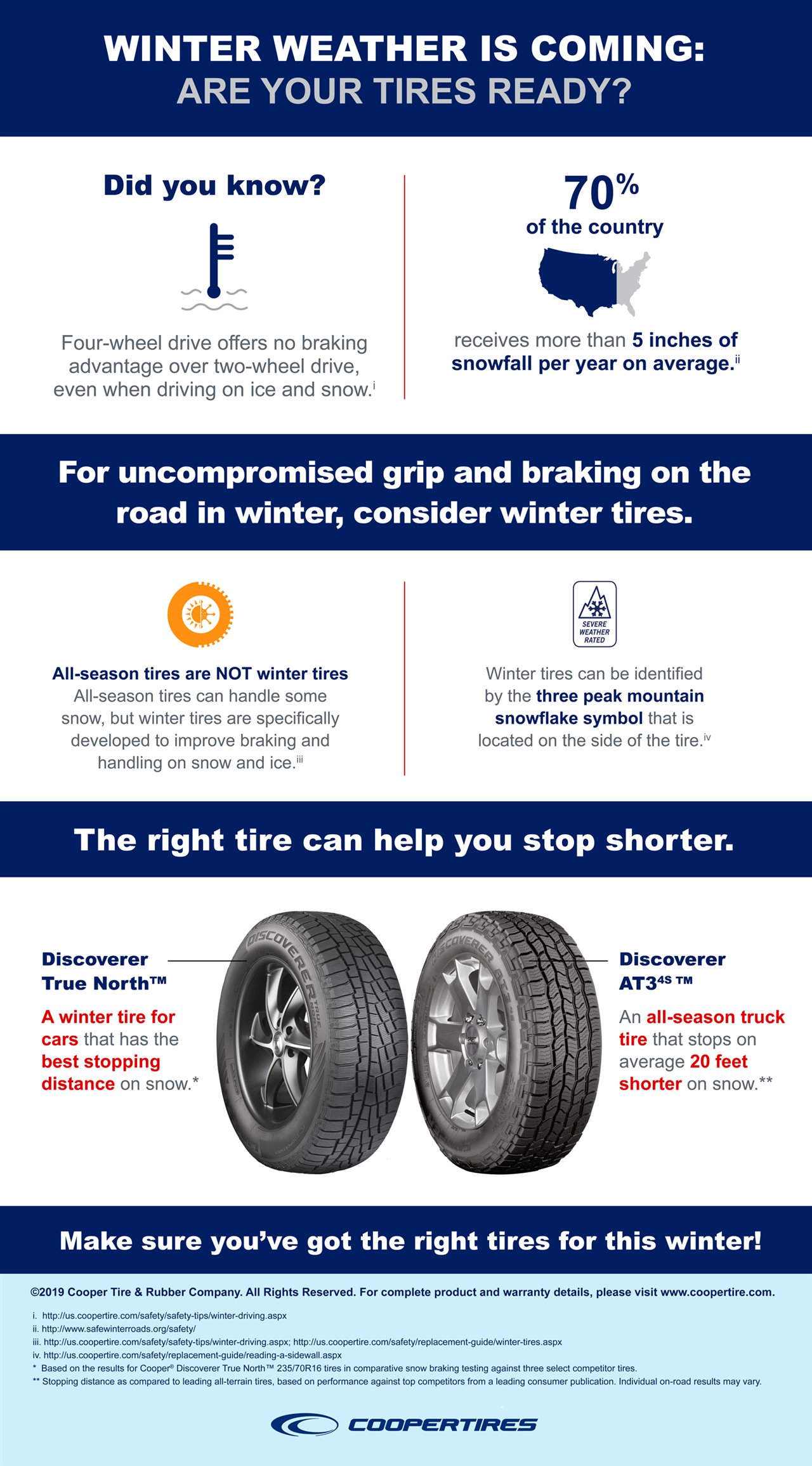2019-10-24T11:01:01
(BPT) – –
INDICATION
OPDIVO® (nivolumab) is a prescription medicine used to treat people with a type of advanced stage lung cancer (called non-small cell lung cancer) that has spread or grown and you have tried chemotherapy that contains platinum, and it did not work or is no longer working. If your tumor has an abnormal EGFR or ALK gene, you should have also tried an FDA-approved therapy for tumors with these abnormal genes, and it did not work or is no longer working.
It is not known if OPDIVO is safe and effective in children younger than 18 years of age.
OPDIVO 10mg/ml is available as an injection for intravenous use.
IMPORTANT SAFETY INFORMATION FOR OPDIVO® (nivolumab)
OPDIVO is a medicine that may treat certain cancers by working with your immune system. OPDIVO can cause your immune system to attack normal organs and tissues in any area of your body and can affect the way they work. These problems can sometimes become serious or life-threatening and can lead to death. These problems may happen anytime during treatment or even after your treatment has ended.
Serious side effects may include:
• Lung problems (pneumonitis). Symptoms of pneumonitis may include: new or worsening cough; chest pain; and shortness of breath.
• Intestinal problems (colitis) that can lead to tears or holes in your intestine. Signs and symptoms of colitis may include: diarrhea (loose stools) or more bowel movements than usual; blood in your stools or dark, tarry, sticky stools; and severe stomach area (abdomen) pain or tenderness.
• Liver problems (hepatitis). Signs and symptoms of hepatitis may include: yellowing of your skin or the whites of your eyes; severe nausea or vomiting; pain on the right side of your stomach area (abdomen); drowsiness; dark urine (tea colored); bleeding or bruising more easily than normal; feeling less hungry than usual; and decreased energy.
• Hormone gland problems (especially the thyroid, pituitary, adrenal glands, and pancreas). Signs and symptoms that your hormone glands are not working properly may include: headaches that will not go away or unusual headaches; extreme tiredness; weight gain or weight loss; dizziness or fainting; changes in mood or behavior, such as decreased sex drive, irritability, or forgetfulness; hair loss; feeling cold; constipation; voice gets deeper; and excessive thirst or lots of urine.
• Kidney problems, including nephritis and kidney failure. Signs of kidney problems may include: decrease in the amount of urine; blood in your urine; swelling in your ankles; and loss of appetite.
• Skin Problems. Signs of these problems may include: rash; itching; skin blistering; and ulcers in the mouth or other mucous membranes.
• Inflammation of the brain (encephalitis). Signs and symptoms of encephalitis may include: headache; fever; tiredness or weakness; confusion; memory problems; sleepiness; seeing or hearing things that are not really there (hallucinations); seizures; and stiff neck.
• Problems in other organs. Signs of these problems may include: changes in eyesight; severe or persistent muscle or joint pains; severe muscle weakness; and chest pain.
Getting medical treatment right away may keep these problems from becoming more serious.
Your healthcare provider will check you for these problems during treatment. Your healthcare provider may treat you with corticosteroid or hormone replacement medicines. Your healthcare provider may also need to delay or completely stop treatment, if you have severe side effects.
OPDIVO can cause serious side effects, including:
• Severe infusion reactions. Tell your doctor or nurse right away if you get these symptoms during an infusion of OPDIVO: chills or shaking; itching or rash; flushing; difficulty breathing; dizziness; fever; and feeling like passing out.
Pregnancy and Nursing:
Tell your healthcare provider if you are pregnant or plan to become pregnant. OPDIVO can harm your unborn baby. Females who are able to become pregnant should use an effective method of birth control during and for at least 5 months after the last dose of OPDIVO. Talk to your healthcare provider about birth control methods that you can use during this time. Tell your healthcare provider right away if you become pregnant during treatment. Before receiving treatment, tell your healthcare provider if you are breastfeeding or plan to breastfeed. It is not known if OPDIVO passes into your breast milk. Do not breastfeed during treatment.
Tell your healthcare provider about:
• Your health problems or concerns if you have immune system problems such as Crohn’s disease, ulcerative colitis, or lupus; have had an organ transplant; have lung or breathing problems; have liver problems; or have any other medical conditions.
• All the medicines you take, including prescription and over-the-counter medicines, vitamins, and herbal supplements.
The most common side effects of OPDIVO when used alone include: feeling tired; rash; pain in muscles, bones, and joints; itchy skin; diarrhea; nausea; weakness; cough; vomiting; shortness of breath; constipation; decreased appetite; back pain; upper respiratory tract infection; fever; headache; and abdominal pain.
These are not all the possible side effects. For more information, ask your healthcare provider or pharmacist. Call your doctor for medical advice about side effects. You are encouraged to report negative side effects of prescription drugs to the FDA. Visit www.fda.gov/medwatch or call 1-800-FDA-1088.
Please see U.S. Full Prescribing Information and Medication Guide for OPDIVO.

2019 Bristol-Myers Squibb Company. All Rights Reserved.











